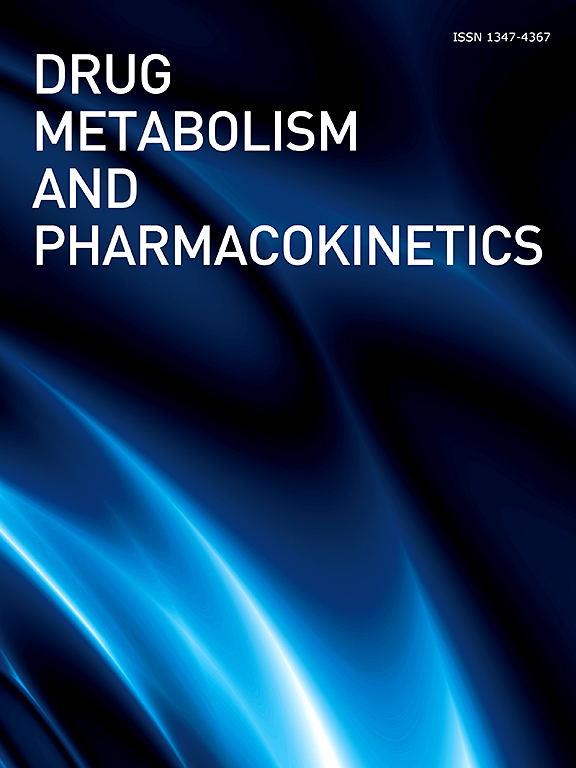微生理系统在药物研发中对药物性肾损伤的体外评价研究进展
IF 2.7
4区 医学
Q2 PHARMACOLOGY & PHARMACY
引用次数: 0
摘要
药物性肾损伤(DIKI)是急性肾损伤(AKI)的主要原因。考虑到对动物福利的担忧和对人类事件更准确预测的需要,迫切需要开发一种使用人类细胞的体外DIKI评估方法。肾近端小管上皮细胞(rptec)是DIKI在药物发现和开发中的主要靶点,因为它们大量表达药物转运蛋白,有助于肾脏特异性药物分布。一般来说,生理肾功能在原代细胞单层培养系统中显著降低。然而,随着细胞工程和再生医学的最新进展,已经建立了与传统系统相比具有更高肾功能的人肾源性细胞培养系统。例如,与单层培养系统相比,三维培养的rptec表现出增强的药物转运蛋白表达和更高的预测性能。使用器官芯片与肝脏和肾脏共培养也可以检测药物代谢物引起的肾毒性。从诱导多能干细胞(iPS)分化的肾类器官也已建立。在这篇综述中,我们介绍了一个最近建立的肾细胞培养系统,包括一个微生理系统,并回顾了用于评估rptec中DIKI的体外方法。本文章由计算机程序翻译,如有差异,请以英文原文为准。

Advanced in vitro evaluation of drug-induced kidney injury using microphysiological systems in drug discovery and development
Drug-induced kidney injury (DIKI) is a major cause of acute kidney injury (AKI). Given concerns about animal welfare and the need for more accurate prediction of human events, there is an urgent need to develop an in vitro evaluation method for DIKI using human cells. Renal proximal tubular epithelial cells (RPTECs) are the main targets of DIKI in drug discovery and development because of their abundant expression of drug transporters that contribute to renal-specific drug distribution. In general, physiological kidney function is significantly reduced in primary cell monolayer culture systems. However, with recent advances in cell engineering and regenerative medicine, human kidney-derived cell culture systems, with higher kidney function compared to conventional systems, have been established. For example, three-dimensional cultured RPTECs show enhanced expression of drug transporters and higher predictive performance than monolayer culture systems. The use of organs-on-a-chip with liver and kidney co-cultures also allows the detection of drug metabolite-induced nephrotoxicity. Kidney organoids differentiated from induced pluripotent stem cells (iPS) have also been established. In this review, we introduce a recently established renal cell culture system that includes a microphysiological system, and review the in vitro methods used to evaluate DIKI in RPTECs.
求助全文
通过发布文献求助,成功后即可免费获取论文全文。
去求助
来源期刊
CiteScore
4.80
自引率
9.50%
发文量
50
审稿时长
69 days
期刊介绍:
DMPK publishes original and innovative scientific papers that address topics broadly related to xenobiotics. The term xenobiotic includes medicinal as well as environmental and agricultural chemicals and macromolecules. The journal is organized into sections as follows:
- Drug metabolism / Biotransformation
- Pharmacokinetics and pharmacodynamics
- Toxicokinetics and toxicodynamics
- Drug-drug interaction / Drug-food interaction
- Mechanism of drug absorption and disposition (including transporter)
- Drug delivery system
- Clinical pharmacy and pharmacology
- Analytical method
- Factors affecting drug metabolism and transport
- Expression of genes for drug-metabolizing enzymes and transporters
- Pharmacogenetics and pharmacogenomics
- Pharmacoepidemiology.

 求助内容:
求助内容: 应助结果提醒方式:
应助结果提醒方式:


